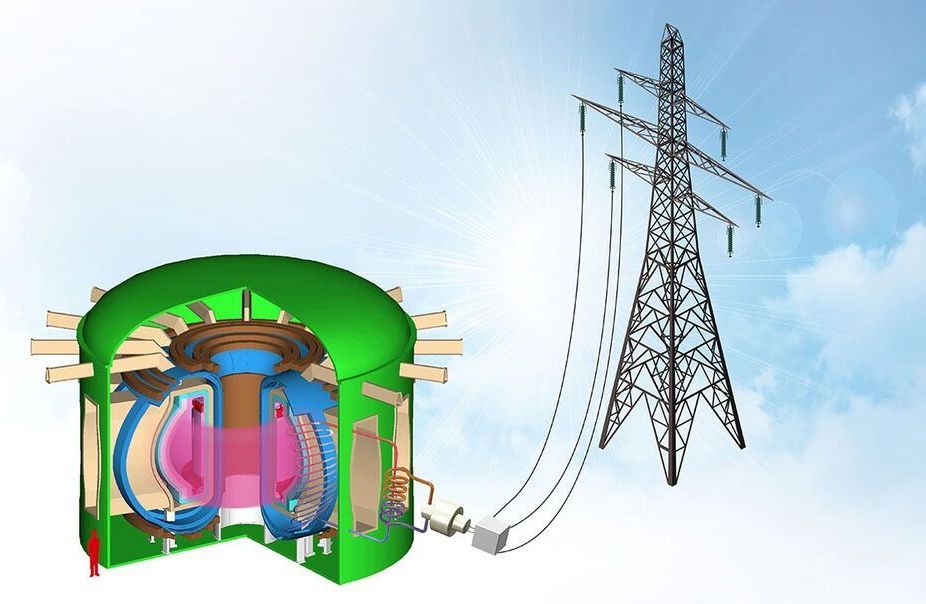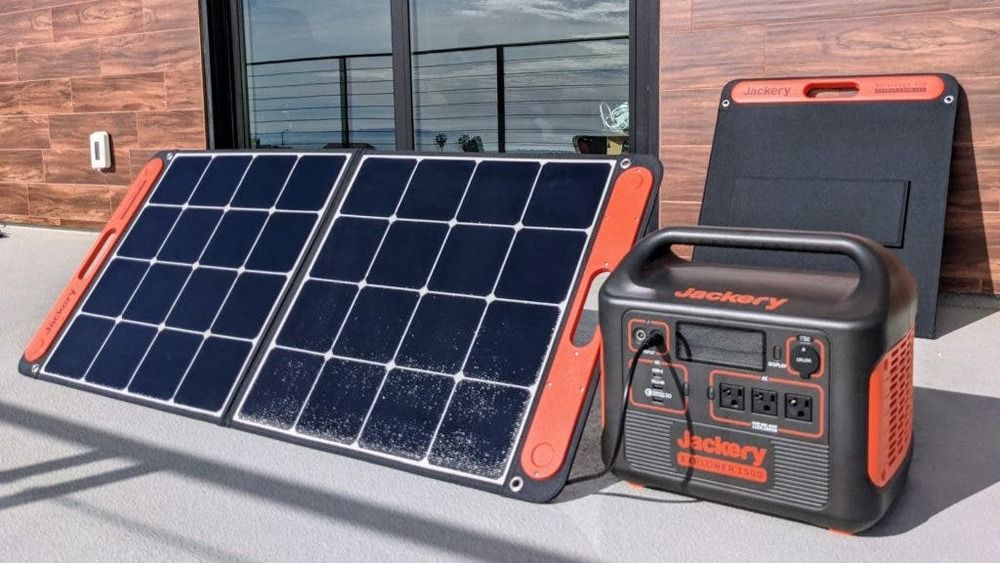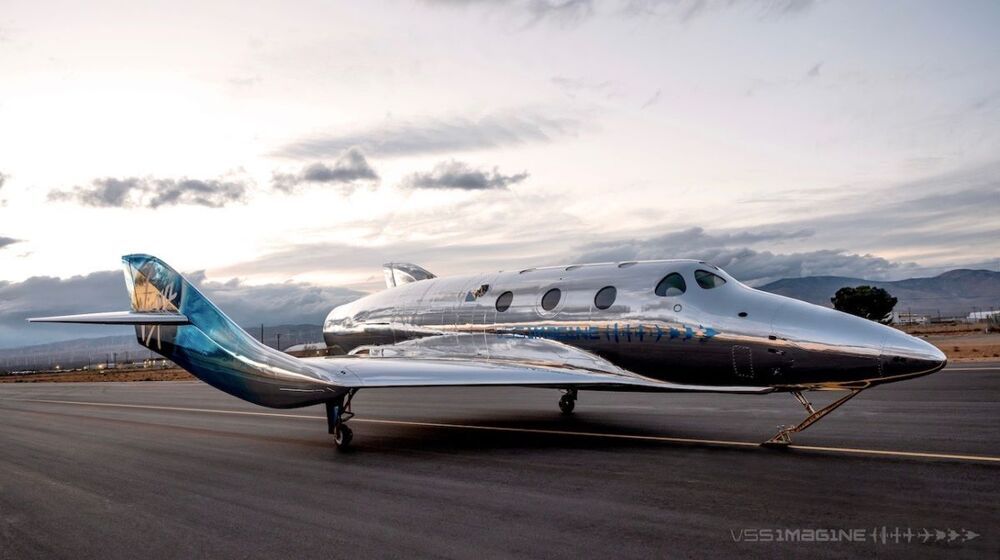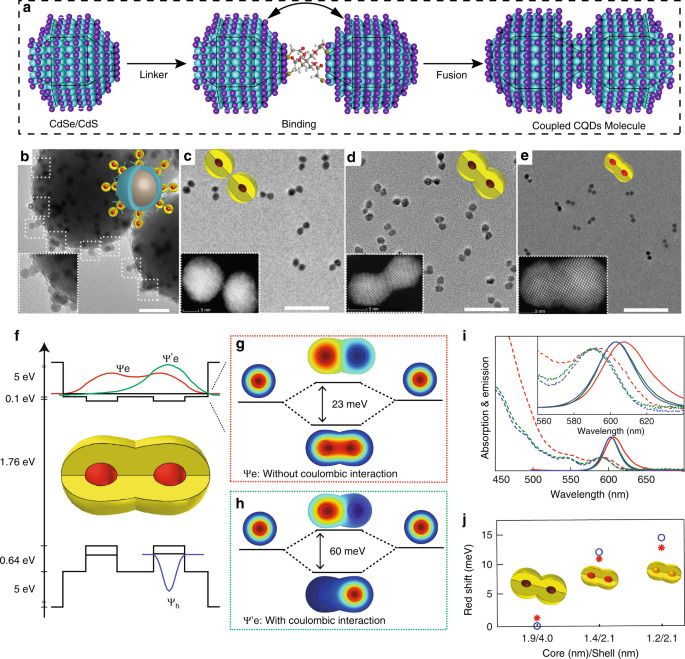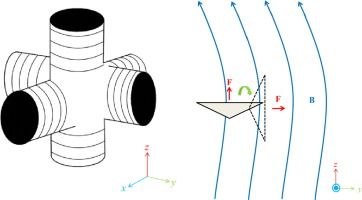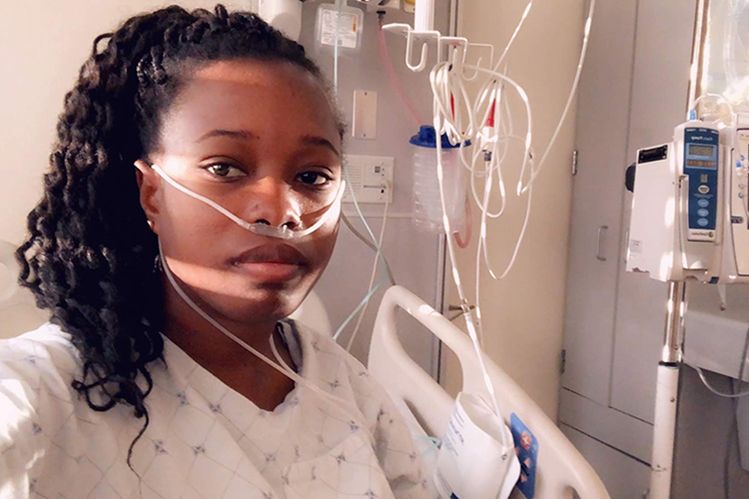Following on from the video last week all about mTOR, this week I have got one on AMPK. This is yet another protein that has an enzymatic role in the cellular energy systems that keeps us all alive and well, and it performs a natural balancing act with mTOR. As with all the systems in our body, a natural balance is essential for harmony, do we feast or fast, do we exercise hard or relax and meditate, do we sleep as many hours as possible or as few as we can get by on, should our body concentrate on growth or repair? It can all seem like a mine field, so it is often good to start with the essentials to make sure you have a good grasp of what they are, before you venture out of your depth. Hopefully this video will help shed some light these areas so you can find the right routine to help you strike a balance.


